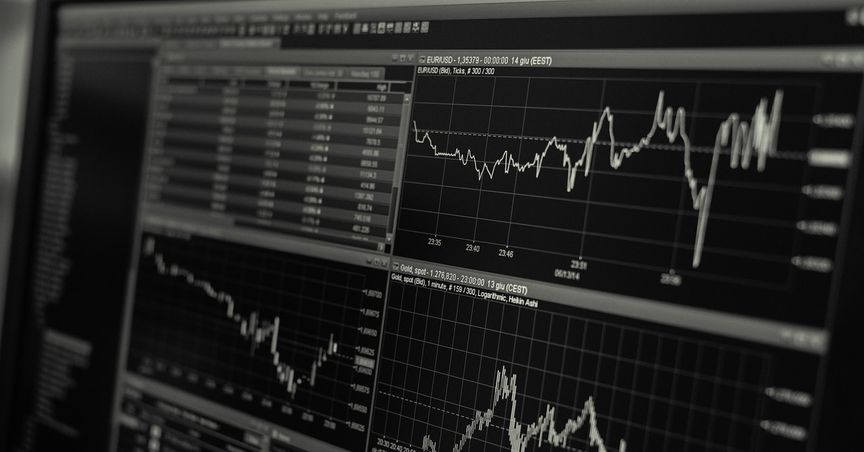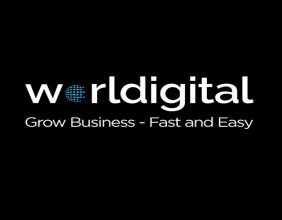Dividend Yield Traps
We have extensively discussed dividend yield in our many previous articles, and this time we should focus on potential dividend traps an investor could face during his/her investing experience.
Amid a low-returning world augmented with historically low-interest rates, the rotation to high-dividend paying companies could be inevitable for the income-seeking investors. Retirees often look for these investment options to generate a stream of income through investing in stocks that carry a high dividend yield.
Income-seeking investors should be cognizant of potential yield-traps that could occur when the price of the moderately-yielding dividend stock falls severely, and in turn, trigger the dividend-yield to reach attractively higher-levels due to the inverse relationship between annual dividend-yield and the market price of the stock.
Dividend yield is expressed in percentage terms, indicating the percentage portion of the current market price of a security that was paid as annual dividends over the preceding financial year. Therefore, when the market price falls, the dividend-yield increases and vice-versa.
If the dividend pay-out by a company were to increase, considering the market price to be constant; the dividend-yield would increase as well. However, the increase in dividend pay-out is the possibility of future dividend payments. Moreover, the dividend yield is a past measure with less forward-looking indications.
In a bid to avoid dividend traps, investors should be emphasising on various other metrics explained below, and these metrics might lead to better dividends paying stocks.
Debt Levels
If a company is carrying excessive debt in its balance sheet, it should act as a warning signal for income-seeking investors. Corporations need to prioritise the upcoming interest payments on debts before paying any dividends to equity shareholders. Therefore, an investor should look at the debt-to-equity ratio of the business.
Moreover, when revenues start to moderate due to various possible reasons, the dividend pay-outs are likely to be impacted, and the potential dividend payments could be lower than anticipated through dividend-yield.
Capital Allocation
If any sales guy is to lead a business as a CEO without adequate background in finance, you might learn that his capital management skills are not good as you need them to be. This could be learned through poor decision-making over the capital allocations, which might lead to over-promising and under-delivering.
An efficient capital allocation depends upon various factors, including opportunity costs between funding options, cost-benefit analysis of various sources of funds, rationale behind the source of funding, buying-back shares or investing for growth, and comparing expected return on potential investments.
If the capital allocation framework of the business is prudent, and the management has a history of delivering superior return on the investments (new projects, new products, acquisition, mergers, etc.), the investor should consider such companies.
Outlook of the Business
Potentially, the most important factor an income-seeking investor should consider before taking positions in a dividend-paying company is the business outlook, as the earning capability of the business depends on the outlook of the business.
The outlook of the business could be reliant on trading conditions of the business. When trading conditions of the business are highly favourable, the probability of better earnings is higher, and in turn, better dividends.
The investor should analyse the headwinds to the outlook for the business as well as tailwinds to the outlook. After this, the investor should look at the weight of headwinds and tailwinds in the existing period or for the period the dividend would be paid.
One-time Income
There are cases when a business could generate abnormal income due to disruptions in the trading environment, profit on the sale of assets or divestments, contingent income receipts, etc.
Such cases allow a company to generate one-off income during the period, and if the company has relatively lower commitments; it might return these funds to the shareholders in the form of dividends, off-market buy-back, return on capital, etc.
Investors need to emphasise on such developments, and proactively act to increase possible dividends or income in the future. Some of the examples of such cases are below;
· A Ltd and B Ltd are very close competitors, and B Ltd had defaulted on its debt that led to the bankruptcy; this also means that A Ltd is presented with the opportunity to acquire the customers of B Ltd , which could be favourable for better revenue, and in turn, improved shareholder returns.
· C Ltd has divested its business petrol business, making a profit of over $600 million, and if C Ltd does not have many commitments in the financial year; it is possible that the profit could be utilised to deliver shareholder returns.
Analysing Historical Data
There are a lot of metrics to analyse the pattern of dividend payments by a corporation under various economic conditions, and this analysis could be done by focusing on the historical performance of the company.
An investor should get familiar with CAGR in dividends (dividend growth) over the past five-years or maybe longer, and under what conditions the company has delivered such growth. Then, this analysis could be compared with the status quo.
Also, the income-seeking investors should look at CAGR in earnings (earnings growth) of the business over a historical period and dig out implications of the experience to form a view for the present state of the business.
Industry Trends
In addition to company-focused analysis, the investors should consider gleaning information about the industry-wide trends while screening dividend stocks. An investor should study the stock market movements along with drivers behind such movements.
Further, companies in an industry are likely to maintain some level of consistency against their rivals in paying dividends or cutting the dividends. Therefore, companies in an industry are likely to have similar dividend polices.
Conclusion
There is no denying that dividend-yield is an important factor while chasing dividend stocks, as it reflects the cheapness or expensiveness of a stock at a given point of time on the basis of past dividends.
Nonetheless, it is equally important to consider the reasons behind the given cheapness or expensiveness of the stock based on dividend yield. Moreover, various factors impact the dividend-paying capability of a company, and it is highly favourable to look into these factors for sustainable dividends.
Disclaimer
This website is a service of Kalkine Media Pty. Ltd. A.C.N. 629 651 672. The website has been prepared for informational purposes only and is not intended to be used as a complete source of information on any particular company. Kalkine Media does not in any way endorse or recommend individuals, products or services that may be discussed on this site. Our publications are NOT a solicitation or recommendation to buy, sell or hold. We are neither licensed nor qualified to provide investment advice.






